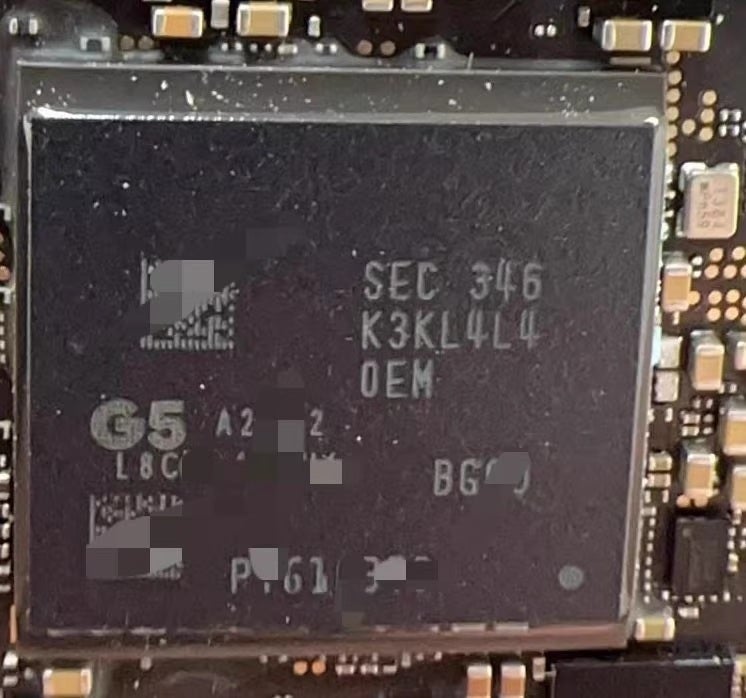In mid-July, viewers hoping to catch a glimpse of a SpaceX rocket launch were stunned to see it followed by a bright aurora-like phenomenon over Arizona. The rocket had formed a hole in the upper atmosphere, evinced by a red glow captured by photographers on the ground.
The glow itself was nothing new, these types of disturbances in Earth’s upper atmosphere have been happening for years. The glows are often spherical and are caused by interactions between rocket exhaust and the ionosphere, an ionized region of the upper atmosphere between 43 miles and 250 miles (69 km and 402 km) above Earth’s surface.
But now, some astronomers are saying the events are becoming more frequent. Stephen Hummel, an astronomer and specialist in reducing light pollution at the McDonald Observatory in Texas, told Spaceweather.com that “2 to 5” of the sky glows are seen per month. The glows can be visible to the naked eye and remain in the sky from just a few seconds to minutes at a time.
When rockets are launched, they can “punch holes” in the atmosphere, leaving a red glow. But “SpaceX aurorae” are caused as the rockets’ second stages burn to come back to the surface. The once-rare glowing phenomena are becoming more common as rocket launches become more frequent.
In 2017, a SpaceX Falcon 9 exhaust plume left a roughly 560-mile-wide (900-km-wide) hole in the ionosphere, a 2018 paper in Space Weather found; the hole may have caused slight range errors in GPS systems (which transmit radio waves) of up to one meter, the researchers concluded. The glows’ impacts on astronomical observations are still unclear.

“Their impact on astronomical science is still being evaluated,” Hummel told Spaceweather.com. “Starlink satellites are a known issue, but the effects of the rocket launches themselves are a growing area of attention.”
Protecting Earth’s skies is becoming busy work in these heady days for spaceflight. Earlier this year, a team of researchers found that the night sky is becoming increasingly hard to see due to “skyglow”—human light pollution that brightens the night sky. And besides the eerie red glows they cause, the various rockets and satellites passing through Earth’s stratosphere leave metals in their wakepolluting it, according to a study recently published in the Proceedings of the National Academy of Sciences.
SpaceX is also responsible for the Starlink satellite constellation, which is vastly expanding internet access to the globe—albeit at the cost of astronomical observations. But Starlink’s next-generation satellites are about ten times fainter than the original satellites, Gizmodo previously reportedsuggesting that the company is working to reduce its harmful impacts on astronomy.
We’ll see how it shakes out, but no matter the potential effects of the SpaceX aurora, at least you now know what’s causing it.
More: What’s Next for SpaceX’s Starship After Explosive Second Launch







